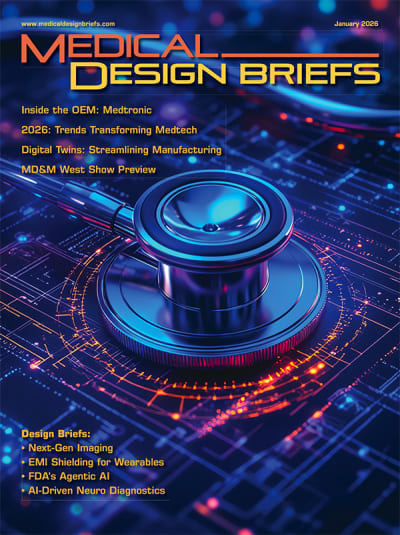Aluminum outperforms other materials to become an ideal choice for manufacturing of medical instruments, equipment, and devices mainly due to its intrinsic sustainable qualities. It is recyclable, lightweight, strong, non-toxic, inexpensive, easily machined and accepts many types of finishes. Metal integrity is crucial for medical devices that must hold tight tolerances and handle harsh conditions of cleaning and sterilization to perform their desired tasks. Medical coatings such as anodizing are used in many applications in the medical industry, including medical cases, trays, instruments, and general hospital accessories and devices made out of aluminum.

There are two major categories for the most common aluminum coating: anodizing. Type II anodizing, otherwise known as decorative anodizing, is an anodic coating where the primary function is to increase corrosion and scratch resistance while allowing the article to be dyed. Type III anodizing, otherwise known as hard coat, is a very dense and durable coating, typically with three to four times the thickness of Type II, which is used for maximum scratch and wear resistance.
Hard Coat Anodizing
Medical applications using aluminum have many unique challenges and hurdles to meet the FDA’s “Fit for Use” criteria. Sanford Process Company was an early developer of industrial hard coat anodizing processes for a broad range of applications and alloys.
Early on, the company was able to enhance hard coating of alloys with significant copper content and castings while achieving thicker films than industry standards. With traditional type III hard coat systems, copper and other alloying elements that will not anodize will become trapped in the anodic film causing the resulting appearance of the natural film to be a darkish, brown-gray color. In addition, traditional type III hard coating has a propensity to burn these high copper-containing alloys.
The dark color of traditional hard coat, combined with a less porous structure, creates a canvas that is not conducive to dying (except black). The result of dying these types of anodic films is a bland, almost unrecognizable color that is always dark and lifeless.
With the addition of a proprietary electrolyte additive, the company was able to develop a hard, clear, build-up of Mil spec compliant, type III hard coat that can be dyed bright vivid colors with the cosmetic appearance of type II anodize and the functional benefits of type III hard coat, the best of both worlds. The anodic film types that are capable of being created by this technology also provide exceptional dielectric properties and have the ability to build thicker anodic films than traditional methods, up to .006 thousandths per surface on some alloys. The versatility of this technology lends itself to many applications.
Micro-Crystalline Coating
Unlike traditional amorphous hard anodizing processes, micro-crystalline anodizing is the newest solution to achieve chemical and corrosion resistance. This anodic coating process packs molecules in a regular, ordered, and repeating pattern that makes it well suited for reusable medical instruments, equipment, and devices that require repeated cleaning and sterilization. Due to its enhanced chemical stability, this coating is thermodynamically stable and has a lower solubility rate when exposed to harsh chemicals, such as acids and alkaline, which are frequently found in common detergents.
The anodic coating can be colored in wide range of colors and the aluminum anodizing process protects the coating from fading due to heat oxidation. It also protects dyes from oxidation during the STERRAD and autoclave sterilization process. Its unique properties enabled the company’s MICRALOX® micro-crystalline aluminum oxide coating to receive the first patent issued for an anodic coating in 20 years. The process’s structure was proven in independent laboratory testing to extend the life of aluminum medical devices, instruments, and equipment, while being Cyotox and RoHS compliant.
In addition, since all medical devices are required by the FDA to be fully traceable by their manufacturer, the company has introduced a process to do embedding printing into the oxide that becomes entrapped in the anodic film that is protected from fading and delamination due to autoclave and STERRAD sterilization.
This article was written by Jack Tetrault, President, Sanford Process Company, Woonsocket, RI. For more information, Click Here .



